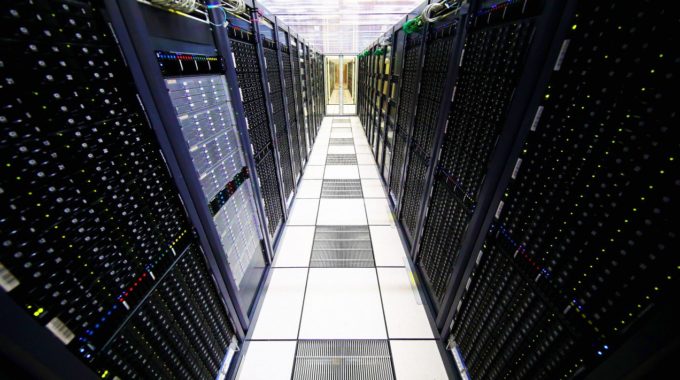
How Watermarks Can Aid in Identifying Text Generated by Artificial Intelligence
Technology has had a major impact not just on workplaces but also on the entire world. Artificial intelligence is one of the most well-established technological paradigms. As much as AI has been successful in reducing manual work by basically enabling machines to work with little or no human intervention, people have taken unfair advantage of it, such as news websites using the recently launched ChatGPT, which is an AI software, to write and publish articles only to have them marked as plagiarized. The utilization of artificially intelligent systems for writing has become a popular issue since it is being employed in one of the most unethical ways. As a result, this MIT Technology Review article emphasizes how watermarks might aid in the identification of text generated by artificial intelligence.
The article’s underlying conceit is that the hidden patterns purposefully concealed in AI-generated texts might aid us in determining whether the words we are reading were authored by a human or not. According to the article, watermarks that are invisible to human sight allow computers to recognize that the text is most likely generated by an AI system. The article outlines some of the key concerns, such as students cheating on examinations by writing essays using the recently launched ChatGPT software. According to the article, news websites have also utilized the tool to produce and publish articles, only to have them flagged as plagiarized. The article suggests, however, that including the watermarking method in such systems before they are deployed might help address such issues.
According to the article, artificial intelligence systems forecast and generate one word at a time. The watermarking approach randomly splits the language model’s vocabulary into words on a “green list” and words on a “red list” after each word and then tells the model to pick words from the green list. According to the article, the more “green-listed” terms there are in a piece, the more likely it is that the content was created by a computer, whereas material authored by a person contains a more random mix of words. Though this strategy may be effective for the time being, the article emphasizes how new models are continually being developed that generate language so fluently that it may be mistaken for human writing. Since artificial intelligence is evolving at such a breakneck pace, new, more powerful models will soon render the present toolkit for identifying synthetic text ineffective. The article concludes by implying that further testing is required to investigate various ways someone can try to combat watermarking systems, but the researchers claim that attackers’ options are limited.
Artificial intelligence has firmly established itself in the technological age, with text generation being one of its most remarkable applications. The preceding text explains how we may use watermarks to determine whether or not the text was generated by an AI tool.
To dive deeper into importance of technology and how it affects the world, especially in the world of business, visit MIT PE Technology Leadership Program (TLP).


















